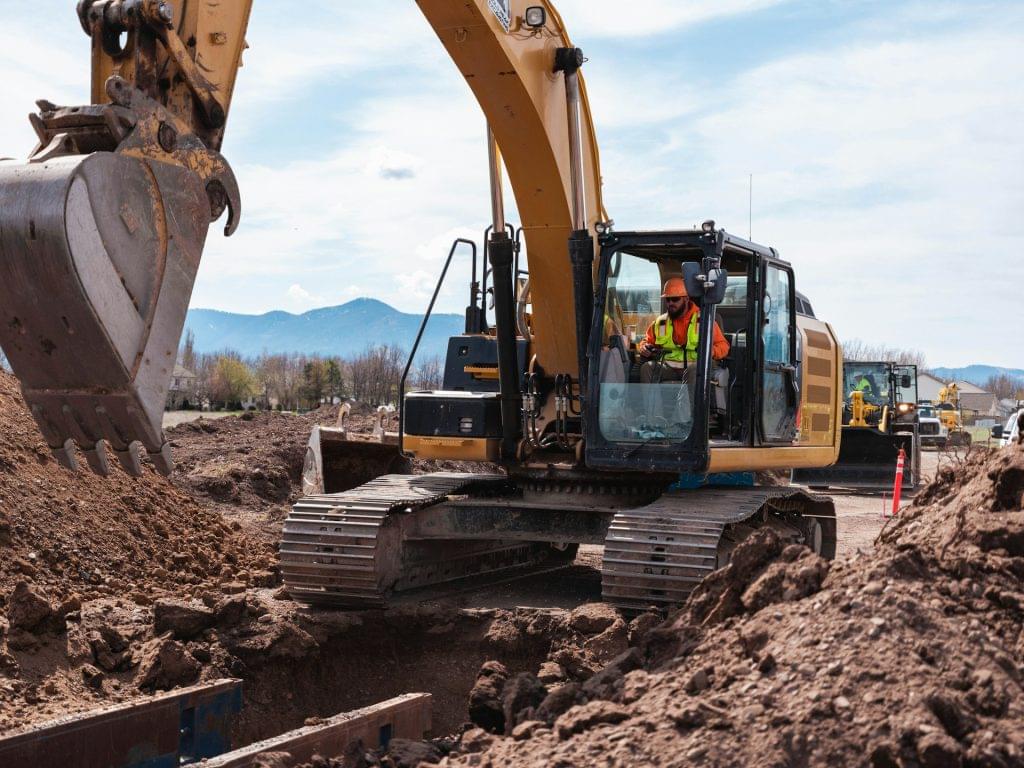Trenchless drilling, a technique that allows underground construction and repairs without needing large-scale surface excavation, is steadily gaining traction in the construction and infrastructure sectors. It promises minimal environmental disruption, reduced traffic disturbances, and faster project completion times. Despite its growing popularity, trenchless drilling faces several challenges, ranging from high initial costs to regulatory complexities. However, these hurdles also present opportunities for innovation and growth within the industry.
Challenges in Trenchless Drilling
- High Initial Costs
One of the most significant challenges trenchless drilling faces is the high upfront costs associated with the technology. The equipment required for trenchless methods, such as horizontal directional drilling (HDD) or microtunneling, is often expensive. Additionally, operators need specialised training to ensure the technology is used effectively, which can add to the overall cost.
This high initial investment is particularly challenging for smaller businesses or regions with less frequent infrastructure projects. The cost barrier can discourage the adoption of trenchless methods, particularly in less developed areas or regions with lower budgets for infrastructure development.
- Regulatory and Legal Complexities
While less disruptive than traditional methods, Trenchless drilling still faces various regulatory and legal challenges. Local governments and municipalities must approve projects involving trenchless methods, and navigating through the legalities can be time-consuming. There are also concerns about environmental impact, as trenchless drilling can sometimes lead to the contamination of underground water sources or soil disruption if not carefully managed.
Compliance with local zoning laws, permits, and environmental regulations can delay project execution, particularly in regions with stringent guidelines. This adds an extra layer of complexity to trenchless projects and may deter companies from pursuing this method if the regulatory hurdles are perceived as too high.
- Technical Limitations and Risk of Failures
Although trenchless drilling is a highly efficient method, it has technical limitations. The process is highly dependent on the soil conditions, and unexpected geological factors can significantly affect the accuracy and efficiency of the drilling. For instance, drilling through unstable or highly compacted soil can cause the equipment to become stuck or misaligned, leading to costly delays or project failure.
Additionally, unexpected obstacles, such as previously undetected underground utilities, can further complicate projects. These technical challenges mean that trenchless methods are not always suitable for every location, and project planners must carefully evaluate the site conditions before proceeding.
Opportunities in Trenchless Drilling
- Innovation and Technological Advancements
Despite its challenges, trenchless drilling presents numerous opportunities for innovation. Advances in technology, particularly automation and AI, are driving efficiency in the industry. New drilling equipment developments improve accuracy, reduce costs, and enhance safety. For example, robotic systems that can automatically detect and avoid underground utilities are helping to mitigate the risk of accidents and costly errors.
Furthermore, software advancements are improving the ability to map underground structures in real time, enhancing the precision of trenchless drilling. This has the potential to reduce downtime and improve project reliability. The ongoing evolution of trenchless technology allows companies to develop more sophisticated tools, making trenchless drilling an increasingly viable option for a wider range of projects.
- Sustainability and Environmental Benefits
Trenchless drilling is a more environmentally friendly alternative to traditional excavation methods. Since it doesn’t require extensive digging and disruption of the surface, it reduces the impact on surrounding landscapes, roads, and ecosystems. As more companies and governments push for sustainable construction practices, trenchless methods are becoming attractive due to their reduced carbon footprint.
Moreover, trenchless methods can help preserve existing infrastructure, such as roads and buildings, which conventional digging may damage or disrupt. As sustainability becomes a key concern in global development, trenchless drilling offers an opportunity to meet environmental and economic goals.
- Growing Demand for Infrastructure Development
As urbanisation accelerates and existing infrastructure ages, the demand for new and innovative construction methods grows. Governments worldwide are investing heavily in upgrading and maintaining transportation, water, and sewage systems. Trenchless drilling offers an efficient solution for these projects, allowing quicker, more cost-effective repairs and installations, particularly in urban areas where space is limited and excavation can be disruptive.
This growing need for infrastructure renewal presents a significant opportunity for the trenchless drilling industry. As cities become more densely populated, the demand for trenchless methods will likely increase, offering businesses in this sector the chance to expand and tap into new markets.
- Cost Savings and Time Efficiency
While the initial costs of trenchless drilling can be high, it often leads to significant cost savings in the long term. The reduced need for surface excavation means less disruption to traffic, fewer road closures, and less disruption to businesses and residents. This translates to lower project timeline costs and potentially fewer delay penalties.
Furthermore, trenchless methods often allow for faster project completion, which is crucial in industries where time is key. By reducing the need for extensive surface work, trenchless drilling can help meet tight deadlines, making it an attractive solution for infrastructure projects that demand efficiency.
